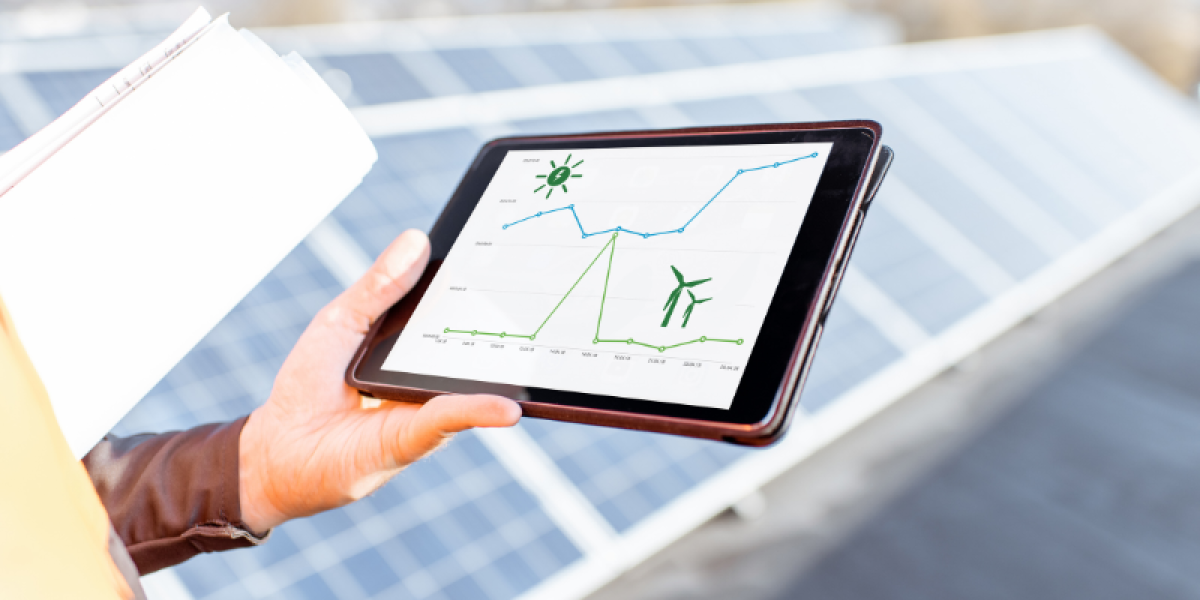Renewable sources: we are not doing enough. According to IRENA, a further 1,000 GW is needed by 2030
Growing gap between currently expected renewable sources and those actually required to limit global warming to +1.5°C

In the first volume of the "World Energy Transitions Outlook 2023" report, the International Agency for Renewable Energy provides a detailed plan to succeed in maintaining the goal of limiting global warming to +1.5°C.
The document requires a higher overall commitment to the implementation of renewable energy sources, with a particular focus on the development of adequate physical, policy and regulatory infrastructures, as well as strengthening the capacity of institutions and the workforce.
Renewable sources: +1,000 GW by 2030
According to the report, the key factors of the transition are the electrification and the energy efficiency supported by renewable energy, clean hydrogen and sustainable biomass. In this sense, some important progress has already been made, adding renewable capacity for a total of 300 GW in 2022.
However, an ever-growing gap remains between what is currently achievable and what is required to limit global warming to +1.5 ºC.
In the document, IRENA points out that more ambitious targets are needed together with a renewable energy capacity of 1000 GW by 2030, increasing the direct use of renewable energy in end-use sectors.
According to the General Director of IRENA Francesco La Camera, we are not doing enough to achieve the goals set at the Paris Agreement. One way to go is to put renewable energy at the heart of the energy system.
Such a path will guide countries towards energy security and transform the energy transition into a strategic tool to promote a fairer and more inclusive world.


